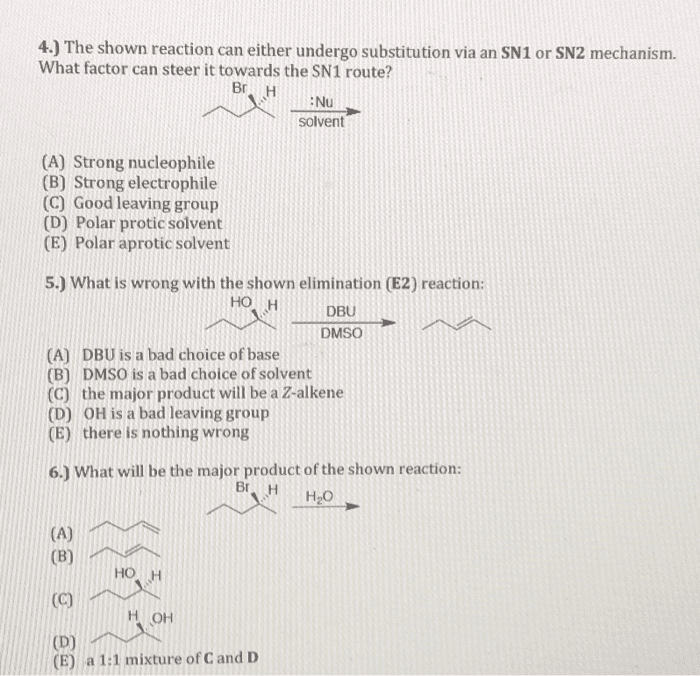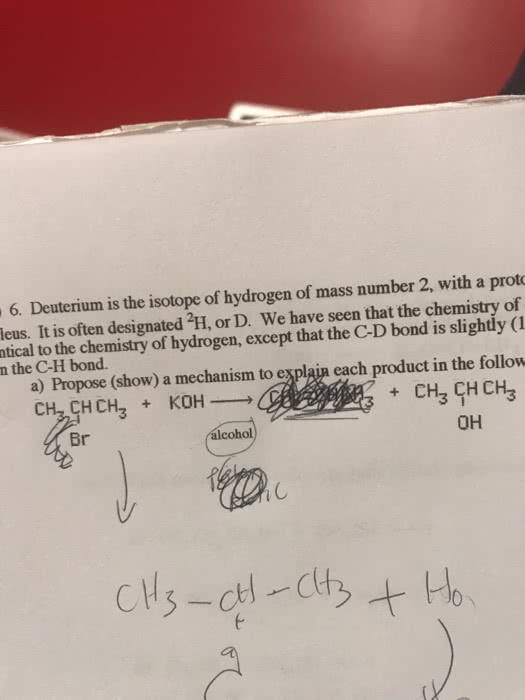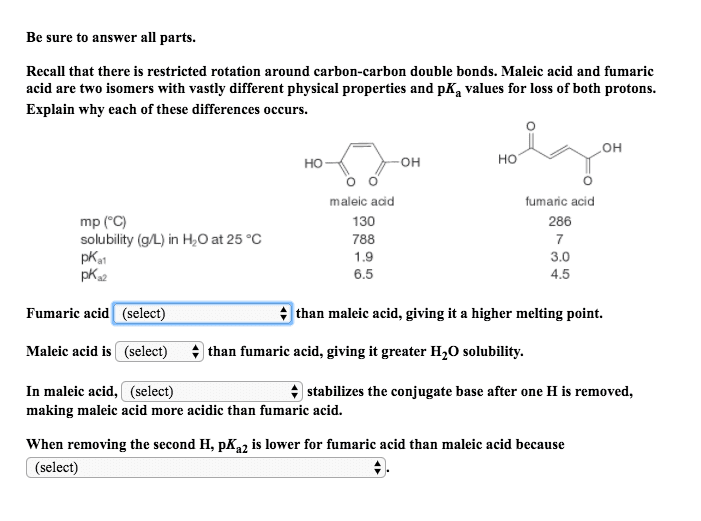CHM 2120 Lecture Notes - Lecture 13: Stereocenter, Weak Base, Reaction Rate
Document Summary
Solvent review: polar protic: has a hydrogen directly attached to a oxygen or nitrogen, eg. r- On the other hand with e2 it can for(cid:373) (cid:271)o(cid:374)ds (cid:449)ith the (cid:271)ase (cid:271)ut i(cid:374) the e(cid:374)d it (cid:449)ill re(cid:373)ai(cid:374) a (cid:271)ase so it does(cid:374)"t affe(cid:272)t e2 much. In a polar aprotic smaller is better because there is no hydrogen for bonding needed. In polar protic a more polarizable one is better eg. i is gonna be better than f in polar protic because it is large and it can escape the cage easier, sn2 is favored by polar aprotic. Substitution nucleophilic unimolecular, 2 or 3 step: leaving group leaves a carbocation (rds, weak nucleophile then attacks, neutralize the charge on the molecule by removing a hydrogen. This means if you double the concentration of the reactant the reaction rate doubles but if you change the concentration of the nucleophile nothing changes. Nucleophile: weak base, solvolysis can happen (solvent acting as nucleophile)




